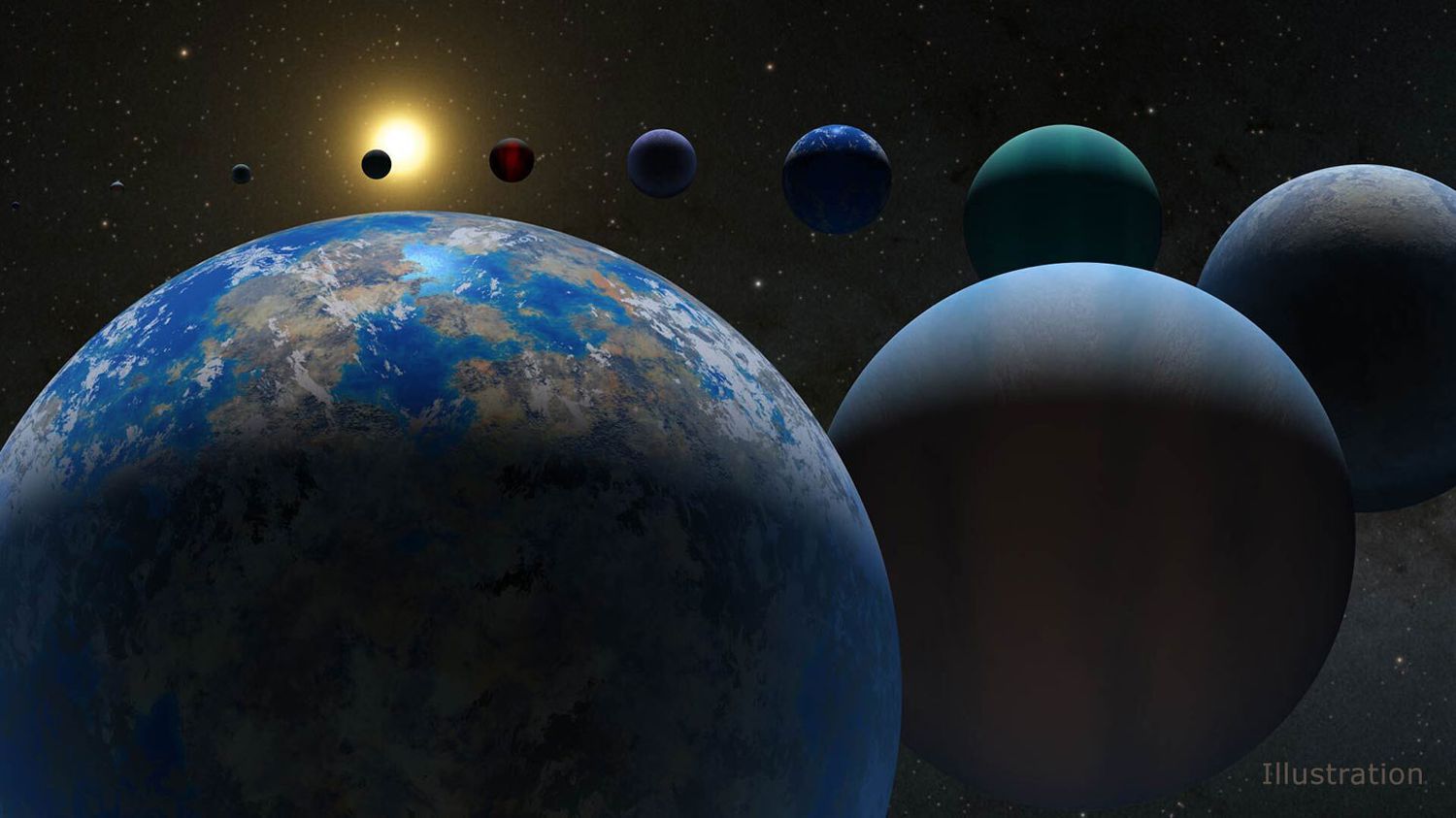Scientific publication for the weekend With Mathilde Fontes, Editor-in-Chief of The Scientific Journal EpsilonAnd the Look at the sky today because The NASA astronomers They just announced that an important milestone has been reached: 5,000 exoplanets have been discovered.
franceinfo: 5000 planets revolve around other stars, Mathilde?
Mathilde Fontes: Yes, it is a milestone. It crossed this week: 65 of these planets were added to the list at once – their existence was verified by telescope observations. So today there are – to be exact – 5,055 exoplanets. 5005 worlds orbiting other stars.
The first exoplanet was discovered in 1995, it’s called Pegasi 51-b: its discoverers were awarded the Nobel Prize in 2019. Today, we see that there are exoplanets everywhere.

5000 exoplanets is a lot?
This is a lot, because the statistics we draw from these discoveries are staggering: in fact, all stars, or almost, will have planets. There will be hundreds of billions of exoplanets in our galaxy.
Before observing them, before 1995, astronomers suspected the existence of other worlds. Why are other stars, other suns, different from ours? But in my nearly 30 years of observations, they’ve faded into abundance — they’re ubiquitous, of all kinds: gas giants, Earth-sized planets.
And even new planet types that don’t exist in our solar system. For example, giant planets: these are planets two times larger than our own, and probably composed largely of water: 30% of the discovered exoplanets are of this type. And there will be some in half of the planetary systems. While in our country, there is no one.
Is this diversity the great discovery?
Obviously yes. Today astronomers talk a lot about this surprise: before these observations, it was clear to them: they were going to discover systems similar to ours. Eight elegant planets: rocks on one side, like Earth or Mars, and distant gas giants, like Jupiter and Saturn.
While in reality it is not at all: all systems are completely different: there are super-terrestrial planets everywhere, but also very hot planets, giants very close to their star, and planets whose orbits are very inclined.
What exactly do we know about these exoplanets?
In fact, not much. Simply because we don’t see them often. We find out their orbit, size or mass. But that’s it. And from it we draw the opinions of the beautiful artist, which we do not know at all if they are realistic. Now that’s the challenge: really observing exoplanets, seeing if they have atmospheres, and whether they have oceans. And of course, if they can harbor life.
For this, astronomers target the systems closest to Earth, the only systems we can hope to see. There is one system in particular that catches the eye: Trappist-1, a system discovered in 2015 by a Belgian telescope—yes, that name. It contains seven planets. It orbits about 40 light-years from Earth, and James Webb Space Telescope, which was launched into orbit earlier this year, should be able to see it. This is one of his first goals…

“Proud thinker. Tv fanatic. Communicator. Evil student. Food junkie. Passionate coffee geek. Award-winning alcohol advocate.”


